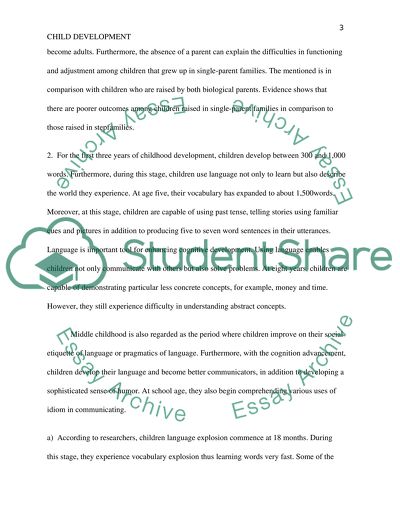Cite this document
(“Child Development Coursework Example | Topics and Well Written Essays - 1000 words”, n.d.)
Retrieved de https://studentshare.org/psychology/1687290-child-development
Retrieved de https://studentshare.org/psychology/1687290-child-development
(Child Development Coursework Example | Topics and Well Written Essays - 1000 Words)
https://studentshare.org/psychology/1687290-child-development.
https://studentshare.org/psychology/1687290-child-development.
“Child Development Coursework Example | Topics and Well Written Essays - 1000 Words”, n.d. https://studentshare.org/psychology/1687290-child-development.


